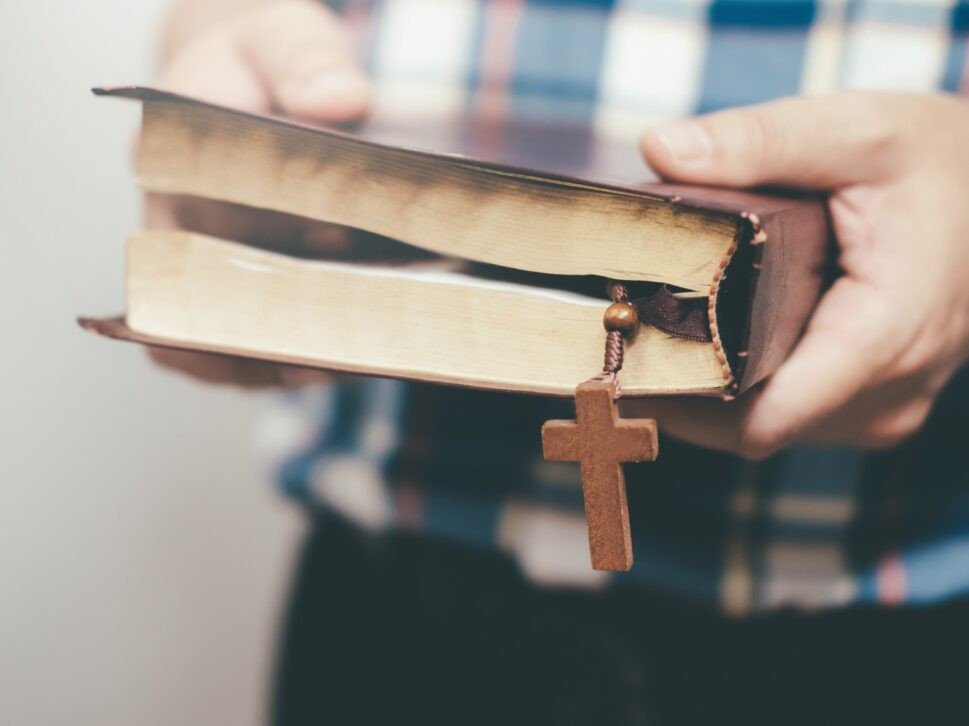Ý nghĩa của Ophir trong Kinh thánh là gì?
Ô-phia, Ha-vi-la, và Giô-báp. Hết thảy những người đó đều là con trai của Giốc-tan.
I Sử-ký 1:23
Ophir is mentioned in the Bible as a land renowned for its fine gold and other precious goods. The land of Ophir was most likely first settled by the descendants of a man named Ophir, son of Joktan (Genesis 10:30; 1 Chronicles 1:23). The geographical location of Ophir is uncertain, and there have many theories about its location.
Some of the locations suggested for Ophir are Arabia, India, Africa, and the Philippines. Some later scholars have even suggested the possibility of the Americas, but this seems unlikely. Arabia seems to be the most widely accepted view of biblical scholars, but the exact location cannot be pinned down since it is not specifically stated in the Bible.
Người ta không đánh giá nó với vàng Ô-phia, Hoặc với ngọc hồng mã não hay là với ngọc bích.
Gióp 28:16
The Bible says Ophir was a land of gold. Ophir is so well-known for its connection to gold that it has been used to name locations where gold was found during modern gold rushes, such as in California and New South Wales. When preparing for the construction of the temple, David provided 3,000 talents of gold from Ophir, about 110 tons (1 Chronicles 29:4–5). With the aid of Hiram, king of Tyre, Solomon amassed a large quantity of gold on a voyage to Ophir, adding to his vast wealth (1 Kings 9:27–28; 10:23). It seems that Ophir gold was highly valued for its natural purity. Isaiah 13:12, referring to the punishment of the wicked, says, “I will make people scarcer than pure gold, more rare than the gold of Ophir.” Other passages in Scripture reference the precious gold of Ophir as a symbol of worthiness and being untainted (Psalm 45:9; Job 28:16). The fact that Ophir gold was used in the construction of the temple of the Lord demonstrates its significance in the Bible.
Vua dùng cây bạch đàn này mà làm bao lơn cho đền thờ Đức Giê-hô-va và cho nhà vua, cùng những đàn cầm và đơn sắt cho con hát. Từ đó, chẳng hề có ai đem đến Giê-ru-sa-lem cây bạch đàn dường ấy nữa, không ai thấy lại cho đến ngày nay.
I Các Vua 10:12
The Bible says Ophir was a land of precious goods. In addition to its gold, Ophir was also known for its precious stones and “almugwood” (1 Kings 10:11; see Job 28:16). Like its gold, Ophir’s almugwood was used in the construction of the temple, specifically to “make supports for the temple of the Lord” (1 Kings 10:12). This wood was also used in the construction of Solomon’s palace and for making instruments, including harps and lyres (1 Kings 10:12). Although the direct identification of almugwood is uncertain, many scholars believe it could be an aromatic material such as sandalwood (the NLT translates the word as “red sandalwood”). In any case, the amount of almugwood that Solomon used was record-breaking: “So much almugwood has never been imported or seen since that day” (1 Kings 10:12).
Some commentators believe that Solomon’s fleet’s voyage to Ophir was repeated every three years, “bringing gold, silver, ivory, apes, and peacocks” (1 Kings 10:22, ESV). Goods such as ivory, apes, and peacocks would point to Ophir being located in India or Africa, but it is uncertain if the triennial shipments actually came from Ophir. Even if they did, the goods may not have been native to Ophir but merely traded for there.
Ophir was known for its treasures of gold, precious stones, and almugwood. As David gathered the best of the best for the construction of the temple of the Lord, he brought materials from Ophir. Ophir’s gold and fine wood were used to represent God’s holiness and splendor in His temple, because “splendor and majesty are before him; strength and glory are in his sanctuary” (Psalm 96:6).
* Kinh Thánh Tham Khảo:
I Sử-ký 1:23 - Ô-phia, Ha-vi-la, và Giô-báp. Hết thảy những người đó đều là con trai của Giốc-tan.
Gióp 28:16 - Người ta không đánh giá nó với vàng Ô-phia, Hoặc với ngọc hồng mã não hay là với ngọc bích.
I Các Vua 10:12 - Vua dùng cây bạch đàn này mà làm bao lơn cho đền thờ Đức Giê-hô-va và cho nhà vua, cùng những đàn cầm và đơn sắt cho con hát. Từ đó, chẳng hề có ai đem đến Giê-ru-sa-lem cây bạch đàn dường ấy nữa, không ai thấy lại cho đến ngày nay.
I Các Vua 10:22 - Vì đoàn tàu Ta-rê-si của vua mỗi ba năm một lần vượt biển với đoàn tàu của Hi-ram, đem về vàng, bạc, ngà voi, con khỉ, và con công.
Thi-thiên 96:6 - Sự tôn vinh và sự oai nghi ở trước mặt Ngài. Sự năng lực và sự hoa mỹ ở nơi thánh Ngài.
* Bản Dịch theo GotQuestions
* Nếu bạn cảm thấy bản dịch này chưa đúng hoặc chưa phù hợp, xin hãy liên hệ và đóng góp bản dịch mới.
* Nếu bạn cảm thấy bản dịch này chưa đúng hoặc chưa phù hợp, xin hãy liên hệ và đóng góp bản dịch mới.
Nếu bạn thích trang này, xin hãy giúp chúng tôi chia sẽ cho bạn bè:
